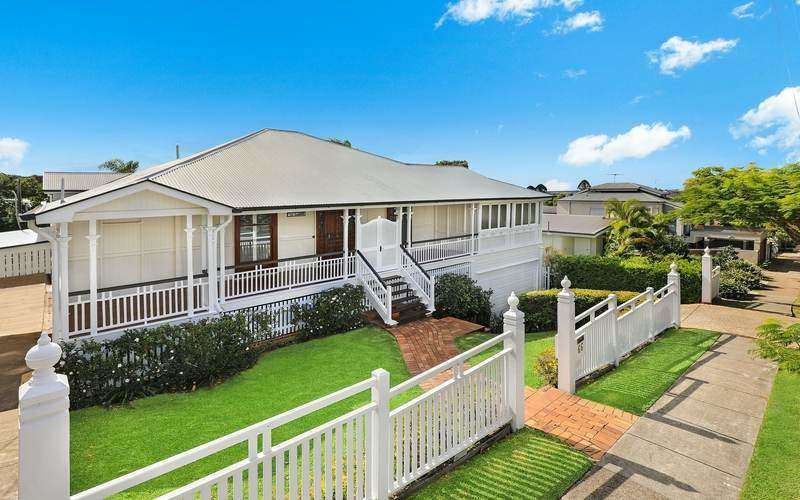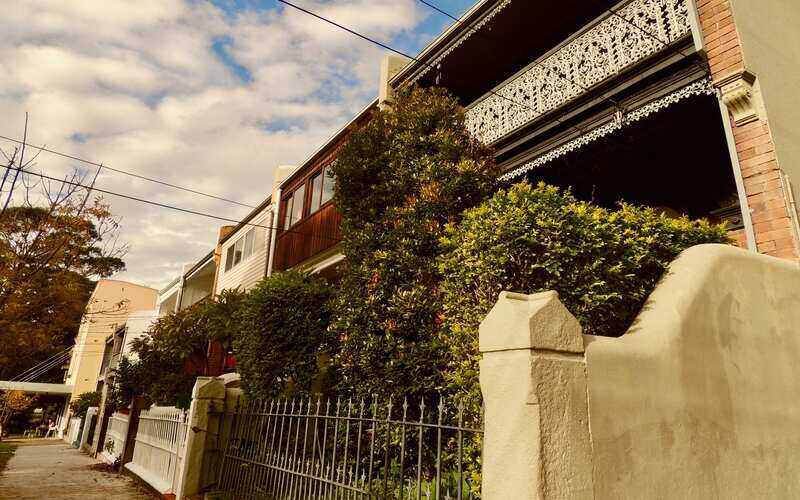The Australian Securities and Investments Commission (ASIC) stipulates that responsible lending rules would not be breached if lenders switched customers' principal and interest (P&I) loans to interest-only (IO) without full documentation.
This reiteration comes after many banks rolled out six-month loan deferral 'holidays' for borrowers.
However, deferrals come with one major caveat - interest still accrues, which could leave customers thousands worse off overall after a six-month break.
So, switching to an interest-only loan might seem more attractive - but is it a good idea?
Buying an investment property or looking to refinance? The table below features home loans with some of the lowest variable interest rates on the market for investors looking to pay interest-only.
| Lender | Home Loan | Interest Rate | Comparison Rate* | Monthly Repayment | Repayment type | Rate Type | Offset | Redraw | Ongoing Fees | Upfront Fees | LVR | Lump Sum Repayment | Additional Repayments | Split Loan Option | Tags | Features | Link | Compare |
|---|---|---|---|---|---|---|---|---|---|---|---|---|---|---|---|---|---|---|
6.19% p.a. | 6.58% p.a. | $2,447 | Principal & Interest | Variable | $0 | $530 | 90% | Featured 90% LVR |
| |||||||||
6.29% p.a. | 6.20% p.a. | $2,473 | Principal & Interest | Variable | $0 | $0 | 80% | Featured Apply In Minutes |
| |||||||||
6.29% p.a. | 6.42% p.a. | $2,473 | Principal & Interest | Variable | $10 | $690 | 90% | |||||||||||
6.29% p.a. | 6.57% p.a. | $2,473 | Principal & Interest | Variable | $299 | $299 | 80% | |||||||||||
6.29% p.a. | 6.35% p.a. | $2,473 | Principal & Interest | Variable | $0 | $799 | 80% |
Should I switch to an interest-only home loan?
There are several scenarios where switching to an interest-only home loan could work out to be optimal while times are tough during the coronavirus crisis.
One of the major and obvious short-term effects is that your monthly repayment is reduced, as you are not paying off the principal, and only the interest amount.
This could free up cash you were spending on your mortgage for other essentials like the groceries, bills, and generally staying afloat, especially if you've had your hours reduced at work or you need to self isolate due to COVID-19.
- Investors: IO could be useful if cash flow is suddenly halted due to tenants not being able to pay rent - you can't evict them because there is a six-month moratorium on evictions in place.
- Owner-Occupiers: IO could be useful for cash flow if you are impacted by coronavirus but don't qualify for any Government stimulus measures.
So, while there are a few benefits to switching to an interest-only loan, what are the drawbacks?
Risks and drawbacks of interest-only home loans
As explained more in-depth here, one of the main drawbacks is you are not chipping away at the principal of your home loan - the meat of the total loan size.
This could draw out how long it takes to actually pay off your home loan, thus ultimately resulting in more interest paid in the long run.
- According to ASIC's MoneySmart calculator, a $400,000 loan paid over 30 years at an interest rate of 2.80%, paying interest only for just one year could result in $4,094 extra paid on your home loan. This blows out disproportionately if you stick with IO for two, three, four or more years.
Now, this calculator doesn't take into account the fact that many IO loans attract higher interest rates to start with, and the 2.80% figure is already pretty competitive.
Looking at the difference between paying IO and P&I? The table below features home loans with some of the lowest variable interest rates on the market for investors paying P&I.
| Lender | Home Loan | Interest Rate | Comparison Rate* | Monthly Repayment | Repayment type | Rate Type | Offset | Redraw | Ongoing Fees | Upfront Fees | LVR | Lump Sum Repayment | Additional Repayments | Split Loan Option | Tags | Features | Link | Compare |
|---|---|---|---|---|---|---|---|---|---|---|---|---|---|---|---|---|---|---|
6.19% p.a. | 6.58% p.a. | $2,447 | Principal & Interest | Variable | $0 | $530 | 90% | Featured 90% LVR |
| |||||||||
6.29% p.a. | 6.20% p.a. | $2,473 | Principal & Interest | Variable | $0 | $0 | 80% | Featured Apply In Minutes |
| |||||||||
6.29% p.a. | 6.42% p.a. | $2,473 | Principal & Interest | Variable | $10 | $690 | 90% | |||||||||||
6.29% p.a. | 6.57% p.a. | $2,473 | Principal & Interest | Variable | $299 | $299 | 80% | |||||||||||
6.29% p.a. | 6.35% p.a. | $2,473 | Principal & Interest | Variable | $0 | $799 | 80% |
Your interest rate could be higher
As mentioned, many lenders charge a higher interest rate on their interest-only loans. While a few basis points here and there might not seem like much, as we've seen above, little changes can add up big time in the long run.
You can see in the table above, compared to the one at the top of the page, that lenders generally offer more competitive interest rates - especially to investors - if they pay both principal and interest instead of interest only.
Equity might not build
If your home's value takes a hit, like many are predicting, you could end up owing more to the bank than your property is worth on the market. Equity basically means the value of the property minus how much you owe on it.
- If you're not paying off the principal, and your home's value takes a dive (for example, your home you owe $400,000 on is now worth $350,000, and your equity is now negative $50,000).
Of course, losses aren't realised until you sell, so this might not matter as much to owner-occupiers living in their 'forever' home, but for investors, it might matter a whole lot more.
Your redraw facility could take a hit
A redraw facility is what you pay extra into to reduce the size of your mortgage when the times are good. However, if you switch to an interest-only home loan, you're probably not going to be paying any extra into the redraw facility.
While now is likely considered a 'rainy day' to redraw on those funds, if you're using a redraw facility as a rainy day fund, you probably aren't going to be building on it while on an interest-only home loan.
Alternatives to interest-only home loans amid the coronavirus crisis
You don't have to throw the baby out with the bathwater - there are other measures you could use to free up some cash flow.
Refinance
If you're an owner-occupier and your home loan doesn't start with a 2 - or close to it - it could be time to look at refinancing (if you're on a variable home loan).
The difference between a 2.80% and a 3.50% interest rate on a $400,000 loan could equate to more than $50,000 saved over a 30-year term.
(Of course, this isn't taking into account any extra fees, and it assumes your interest rate stays the same for 30 years).
Defer
As mentioned earlier, many banks are now offering six-month loan deferrals, including the 22 member banks of the Australian Banking Association.
The benefit with this is you're not paying anything for six months, however the drawback is interest is still accruing in that period, which can add up to thousands extra over the life of your loan.
It might be worth considering what would leave you 'least worse off' - deferring entirely for six months, or going interest-only for a year or so.
Consider using your redraw facility or offset account
That money you poured into your redraw facility or offset account while the times were good could now be withdrawn and used as rainy day money.
Both features carry their pros and cons, but if you're struggling right now, drawing them down might still be more cost-effective than deferring or going interest-only.
Savings.com.au's two cents
As all the old sayings go, 'a penny saved is a penny earned', and 'a bird in the hand is worth two in the bush', the long term effects of interest-only home loans may end up being more of a pain than the short term benefits they provide.
But if you're really doing it tough and you're struggling to put food on the table amid the coronavirus crisis, switching to an interest-only loan could help you keep your head above water until you get back on your feet when the economy recovers.

Ready, Set, Buy!
Learn everything you need to know about buying property – from choosing the right property and home loan, to the purchasing process, tips to save money and more!
With bonus Q&A sheet and Crossword!








 Emma Duffy
Emma Duffy
 Harrison Astbury
Harrison Astbury
 Rachel Horan
Rachel Horan

 Jacob Cocciolone
Jacob Cocciolone

